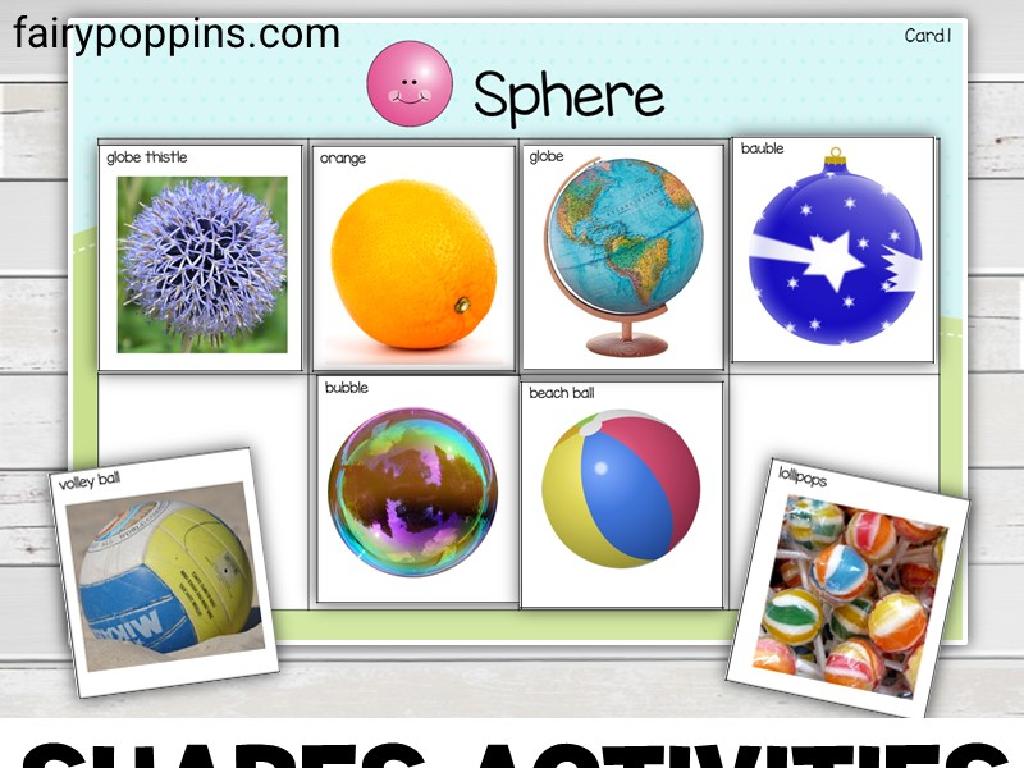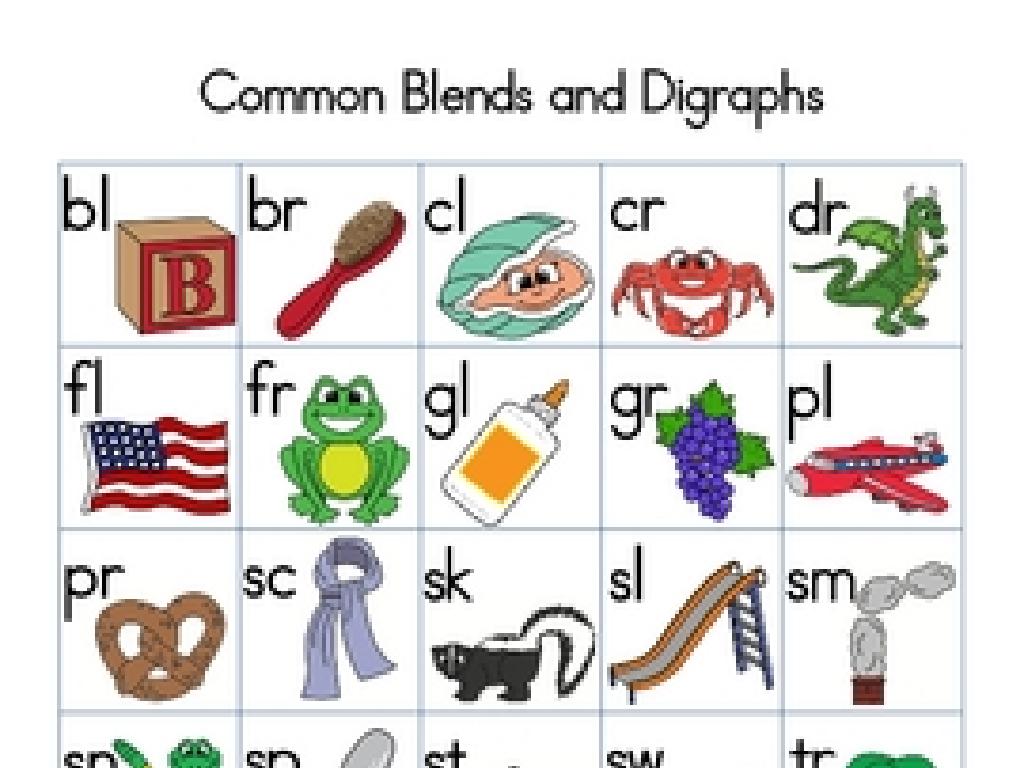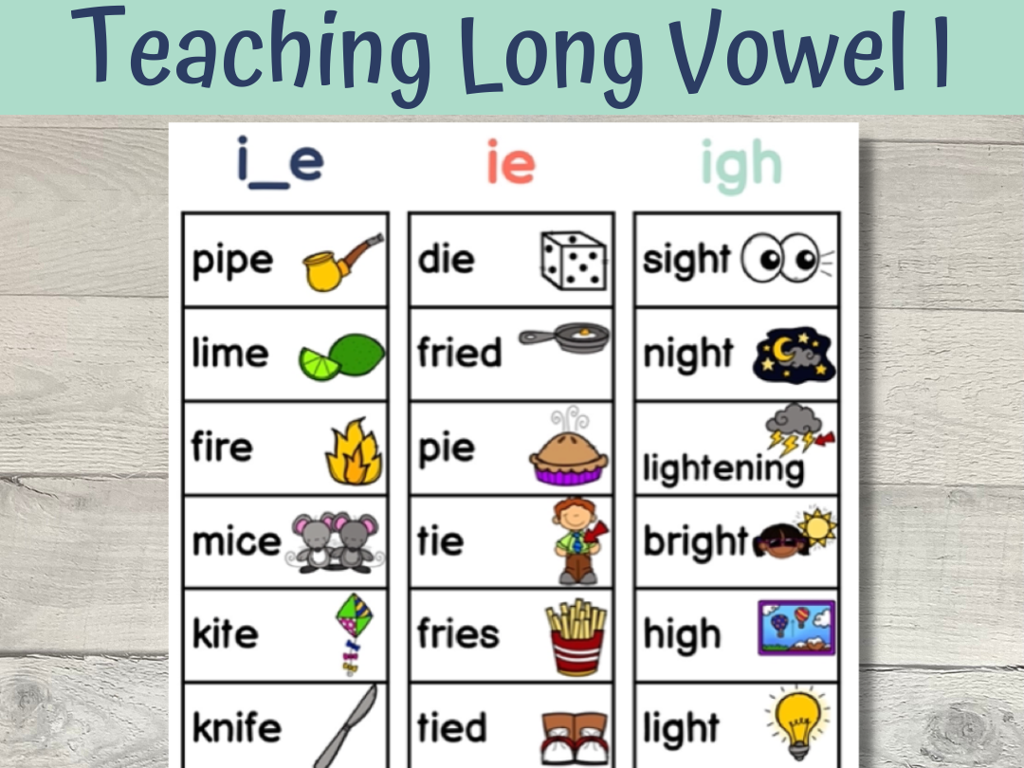Write Variable Expressions: Two Or Three Operations
Subject: Math
Grade: Seventh grade
Topic: Expressions
Please LOG IN to download the presentation. Access is available to registered users only.
View More Content
Writing Variable Expressions: Two or Three Operations
– Algebra as a language
– Algebra uses symbols to represent numbers and operations.
– Focus: Variable expressions
– Learn to write expressions with 2 or 3 operations like addition, subtraction, or multiplication.
– Translating verbal to algebraic
– Turn phrases like ‘3 more than a number’ into expressions like ‘x + 3’.
– Objective: Master expression writing
– Aim to confidently translate and solve complex verbal math problems.
|
This slide introduces students to the concept of algebra as a language with its own rules and syntax. The focus is on writing variable expressions that involve two or three different operations, which is a fundamental skill in algebra. Students will learn to translate verbal phrases into algebraic expressions, a key objective in understanding and mastering algebra. Provide examples of verbal phrases and their corresponding algebraic expressions, and encourage students to practice this translation process with various operations to build their proficiency.
Understanding Variables in Expressions
– Definition of a variable
– A variable is a symbol, like x or y, representing numbers
– Importance of variables in math
– They allow us to write general rules for math operations
– Variables in expressions
– For example, x + 5 or 3y – 2
– Practice with variables
– Let’s solve expressions like 2x + 3 when x=4
|
This slide introduces the concept of variables, which are foundational in algebra. Start by defining a variable as a symbol that can represent one or more numbers. Explain that variables are crucial because they allow us to create expressions that apply to many different situations, not just one specific case. Provide simple examples of expressions with variables to illustrate their use. Finally, engage students with practice problems where they substitute values for variables and solve the expressions. This will help them understand how variables function within math operations.
Operations Review: Building Blocks of Expressions
– Recap basic math operations
– Addition (+), Subtraction (-), Multiplication (×), Division (÷)
– Understand symbols and keywords
– Plus, minus, times, divided by, sum, difference, product, quotient
– Remember Order of Operations
– PEMDAS/BODMAS: Parentheses, Exponents, Multiplication, Division, Addition, Subtraction
– Practice with expressions
– Combine operations to form expressions, e.g., 3x + 2y – 5
|
This slide is a refresher on the fundamental operations in mathematics, which are crucial for writing variable expressions. Start by reviewing addition, subtraction, multiplication, and division. Highlight the symbols and common keywords associated with each operation to help students recognize them in word problems. Emphasize the importance of the Order of Operations, using the acronym PEMDAS or BODMAS, to solve expressions correctly. Conclude with examples that combine two or three operations to form variable expressions, preparing students for more complex algebraic concepts. Encourage students to solve a few problems as a class to reinforce these concepts.
Writing Variable Expressions
– Translating words to symbols
– Words like ‘sum’ mean ‘+’, ‘difference’ means ‘-‘
– Verbal to variable expressions
– Convert phrases into expressions using variables, e.g., ‘a number n’
– Practice expression: a number plus five
– Example: ‘The sum of a number and five’ translates to ‘n + 5’
– Understanding operations in expressions
|
This slide introduces the concept of writing variable expressions by translating words into mathematical symbols and turning verbal descriptions into expressions. Start by explaining common terms used in math, such as ‘sum’ for addition and ‘difference’ for subtraction. Show how to turn phrases into expressions with variables, using ‘n’ or another letter to represent ‘a number.’ Use the practice expression to demonstrate how ‘The sum of a number and five’ becomes ‘n + 5’. Discuss the importance of understanding the operations involved in expressions to set the foundation for algebraic thinking. Encourage students to come up with their own verbal descriptions and translate them into variable expressions.
Expressions with Two Operations
– Combining multiple operations
– Example: 3x – 2 expression
– ‘Three times a number, decreased by two’ translates to 3x – 2
– Significance of grouping symbols
– Parentheses, brackets to dictate operation order
– Practice with varied expressions
– Apply knowledge to create and solve expressions
|
This slide introduces students to the concept of combining different mathematical operations within a single expression. Start by explaining that variable expressions can include more than one operation, such as addition and multiplication, or subtraction and division. Use the example ‘Three times a number, decreased by two’ to show how words translate into algebraic expressions (3x – 2). Emphasize the importance of grouping symbols like parentheses and brackets, which indicate the order in which operations should be performed. Encourage students to practice writing and solving expressions with two operations, reinforcing their understanding of the order of operations and the use of variables to represent numbers.
Expressions with Three Operations
– Expanding expressions with an extra operation
– Example: ‘Twice the sum of a number and four, divided by three’
– 2(x + 4) ÷ 3 illustrates using multiplication, addition, and division
– Practice crafting complex expressions
– Create expressions using different numbers and operations
– Understanding the order of operations
– Remember PEMDAS: Parentheses, Exponents, Multiplication and Division, Addition and Subtraction
|
This slide aims to build upon students’ existing knowledge of expressions by introducing an additional operation into the mix. Start by reviewing two-operation expressions, then demonstrate how to incorporate a third operation. Use the example provided to show how to translate a verbal expression into a mathematical one. Encourage students to practice by creating their own expressions with three operations, reinforcing the concept through repetition. Emphasize the importance of the order of operations (PEMDAS) to ensure accurate calculation of expressions. Provide guidance and examples to help students understand how to structure their expressions correctly.
Class Activity: Expression Creation
– Write 3 variable expressions in pairs
– Exchange expressions and solve
– Discuss challenges faced
– Did you encounter any tricky phrases?
– Share solving strategies
– What methods helped you solve the expressions?
|
This activity is designed to foster collaboration and problem-solving skills among students. By working in pairs, students can discuss and formulate variable expressions, enhancing their understanding of mathematical language and operations. Exchanging their expressions with another pair allows them to approach problem-solving from a fresh perspective and challenges them to interpret and solve expressions created by their peers. During the group discussion, encourage students to share any difficulties they encountered and the strategies they used to overcome them. This will help the class learn from each other’s experiences and develop a toolkit of strategies for writing and solving variable expressions. Provide guidance on how to construct expressions with two or three operations and ensure that students are comfortable with the necessary algebraic concepts.
Review & Homework: Variable Expressions
– Recap today’s key concepts
– Homework: 5 variable expressions
– Create expressions using two or three operations
– Word problems practice
– Use the word problems to form expressions
– Next class: Evaluating Expressions
– Learn to substitute values and simplify
|
As we conclude today’s lesson on writing variable expressions with two or three operations, students should review the key points discussed. For homework, they are tasked with creating five variable expressions derived from word problems, which will reinforce their understanding of the topic. Encourage them to think critically about the operations involved in each problem. In preparation for the next class, students should be ready to move on to evaluating expressions, where they will substitute numbers for variables and perform the operations to simplify the expressions. This will be an essential skill for solving algebraic equations in future lessons.






